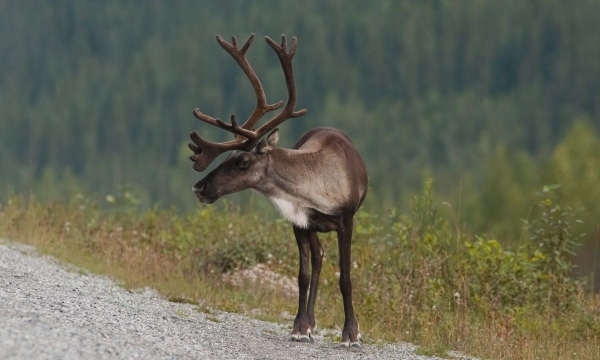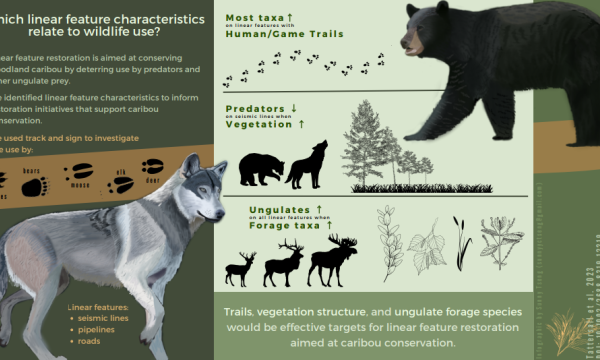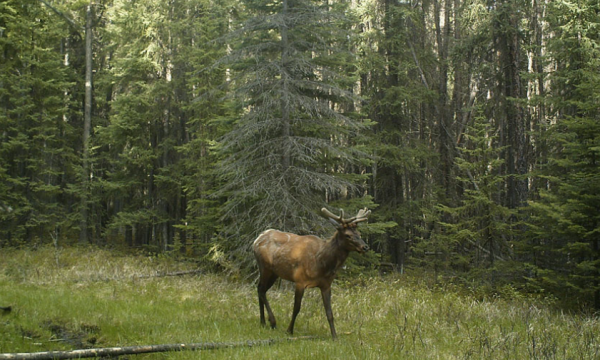Local Participation in Natural Resource Monitoring: A Characterization of Approaches
Resource
The monitoring of trends in the status of species or habitats is routine in developed countries, where it is funded by the state or large nongovernmental organizations and often involves large numbers...




